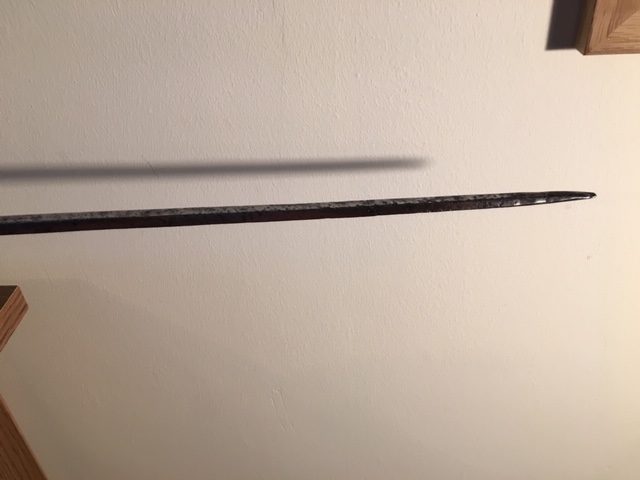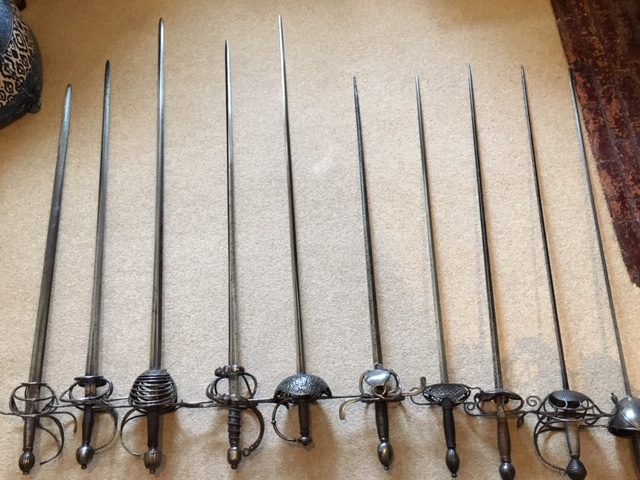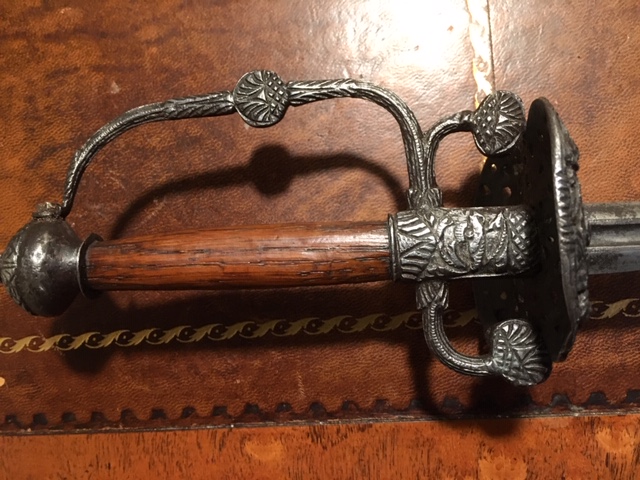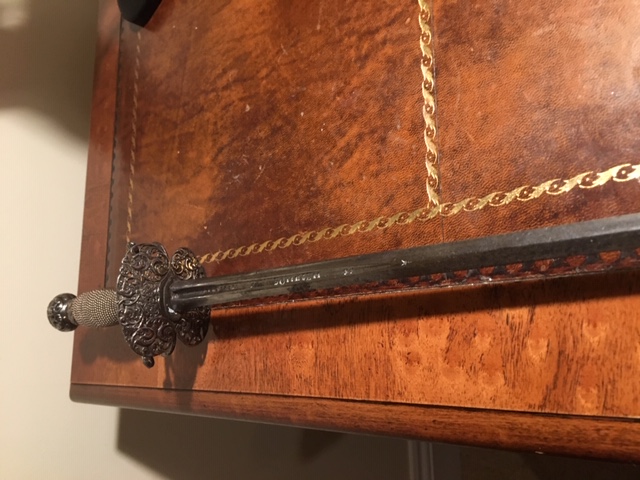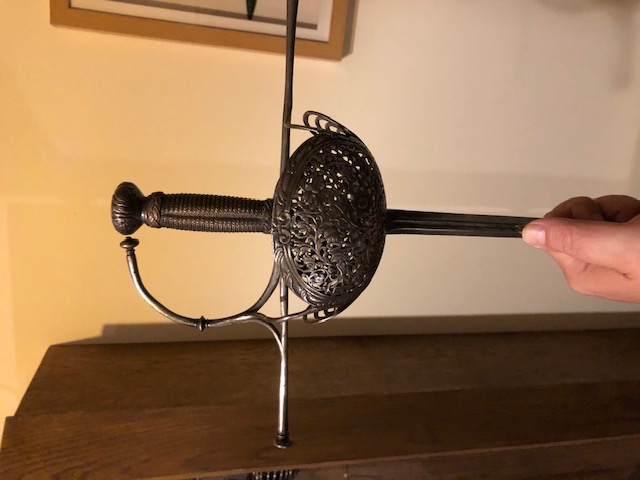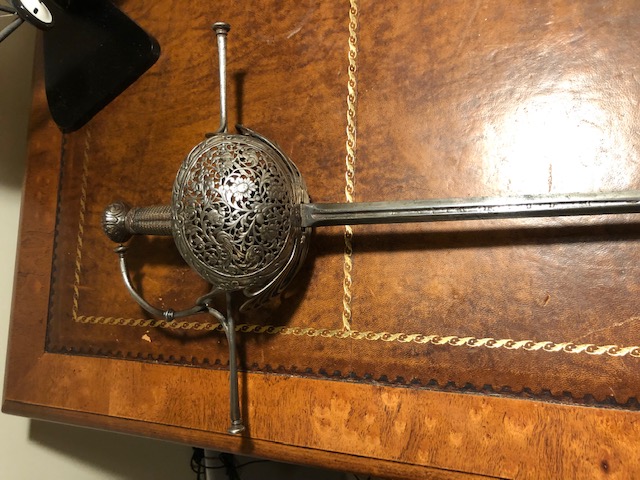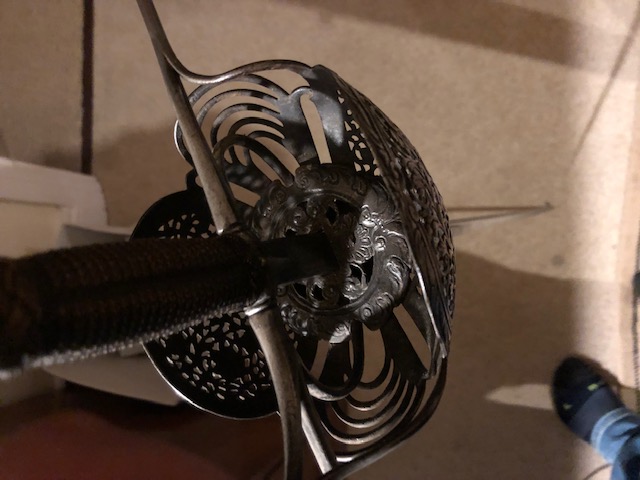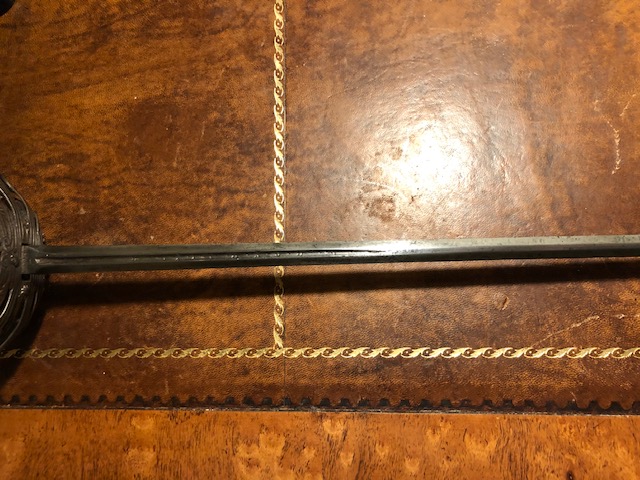Posts: 334 Location: UK
Wed 26 Feb, 2020 11:59 am
OK, you guys are hard task masters you know ! Only kidding. So I have a job of work to do, which makes sense as this site is about learning, and setting this info out will be as useful to me probably as to anyone else. I will set it out in a table on Excel so people can play with numbers.
So I will set out:
Probable date
Probable Norman category - some clear, some in betweeners
Length
Mass
Width at top of guard
Width at mid-point
Width at 2 inches from the point (I would say 2 inches as anything closer is subject to the acute narrowing of some blades and doesn't give a feel of the taper overall).
Thickness at top of guard
Thickness at mid-point
Thickness at 2 inches from the point
Width of ricasso
Length of ricasso (subject to calipers reaching round the bars etc)
Thickness of ricasso
Makers marks and signatures
Balance point
Comments on rigidity (I was discussing with a collector the other day how you can almost feel the thrust vs cut purpose in them with your eyes shut as you feel the balance and the vibration and movement of them).
Would that be useful ?
It's a shame if Norman isn't in print. I hadn't thought of that. It's a great book. I have a collector friend, who is in his 80s now, who is actually coming to stay at my house on Friday as I help him with his stall at the London A&A Fair which is on Saturday, who I was discussing with what AV Norman category a sword hilt he had was a few years back, and I said how was he so sure, and he replied because he showed it to Norman (about 50 years ago) and he told him. I pretty much backed away arms out-stretched and bowing as I went !
I try to buy any books I can - I trawl Amazon in the UK as some second hand book sellers sell these out of print books for not much more than the postage. I buy them simply because they may have a few photos or a few pages on something you haven't seen before. Likewise small museums - I went to Verona 2 years ago and they had a small A&A collection but one of the best preserved 14th century swords I had ever seen with its scabbard with coloured leather and mountings and coloured silk grip binding. Some local historian had done a pamphlet which was for sale in the reception on the arms and armour in the museum, which I bought because I am not going find that commentary or those photos of pieces anywhere else. OK it was a short pamphlet and the guy didn't have great photograph equipment, but total respect to him for doing it and adding to the corpus of knowledge. The lady at the desk smiled and said not so many people buy this book !
Musts from my point of view:
Wallace collection catalogue - second hand - a great book
Price Guide to Antique Edged Weapons - second hand - again great reference (one of mine is in there)
Old Lyle's guides but the photos aren't great. I used to read those as a boy and dream about the pieces my lawn-mowing money would stretch to.
I will do the table.
D

